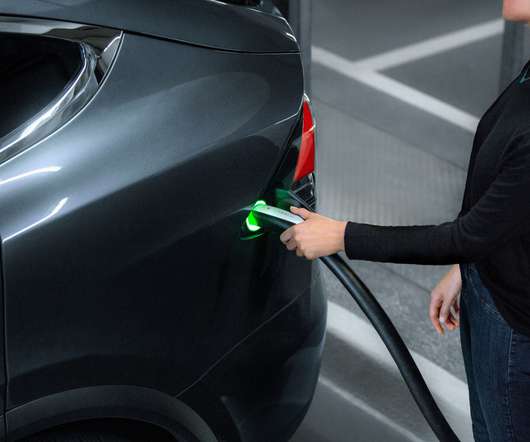EV Charging: WeaveGrid–Preparing Utilities for the Coming EV Boom
Clean Fleet Report
MAY 26, 2021
This transition will have a big impact on how utility companies deliver the energy needed to charge all of these new battery-powered cars. WeaveGrid’s mission is to drive rapid decarbonization in global transport and power sectors by intelligently connecting electric vehicles to the grid. That’s where WeaveGrid comes in.











Let's personalize your content